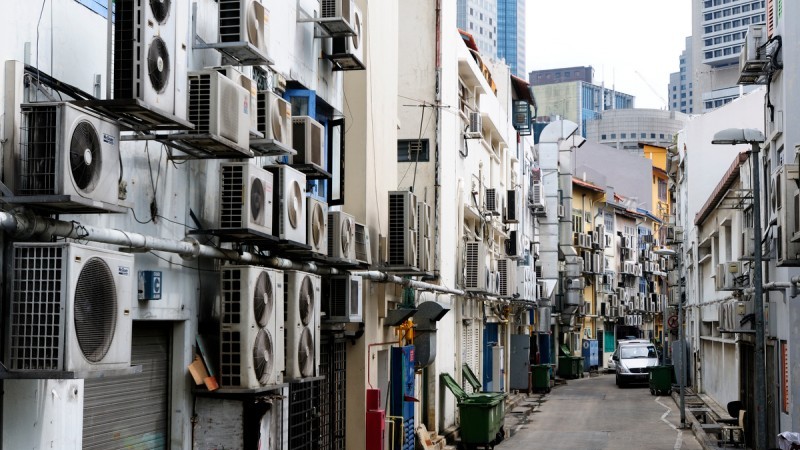Financial support and technology transfer are critical to tackling a climate timebomb in the chemical coolants sector.
That is the message from observers on the sidelines of talks in Kigali, Rwanda, to phase down potent warming HFCs.
As ministers fly in to finalise the deal, negotiators are still some way apart on key details – with India calling for more time to make the switch.
“We have only just started adopting HFCs over HCFCs,” said R N Kaul, secretary of the Indian Refrigerant Gas Management Association. “Switching now would be economically crippling for India. We don’t even have a viable alternative to HFCs for room conditioning.”
Going into the talks, India was among the countries to propose a slow HFCs reduction pathway with a peak date in 2031. Most other parties were prepared to start phasing down somewhere in the 2020s.
The issue is that chemical firms in developed countries hold most of the intellectual property for clean alternatives to HFCs. Manufacturers without their own R&D departments must pay the license fee, wait until the patent expires, or lose market share overseas.
“Application patents”, which tie a chemical or blend to a particular application, for example car cooling, are a particular concern. Kaul explained: “Even if India was able to develop an alternative compound to cool cars in a sustainable way, they could not market it because there is a patent on the the application of HFO refrigerants for car cooling.”
For the big multinationals, too, developing new products takes time.
“A typical product development cycle in the air conditioning industry is 7 to 12 years long,” said Kevin Fay of the US-based industry coalition Alliance for Responsible Atmospheric Policy. “You can’t make a decision and expect the new product to be developed overnight.”
Weekly briefing: Sign up for your essential climate politics update
India’s position is not shared across the developing world, however. China, the world’s biggest producer and manufacturer of HFC gases and equipment, is willing to go faster.
It’s biggest consumer pool is the EU, which has strict environmental regulations in place. To tap into European and North American markets, China would have to switch to cleaner technologies anyway.
India, meanwhile, is catering to a booming domestic market.
“With growing GDP comes higher household income, and temperatures are set to rise in various parts of India leading to higher demand for refrigeration,” said Karan Mangotra, engineer and climate finance expert with India’s The Energy and Resources Institute (TERI).
“Between now and 2030, we will build about 60% of our future infrastructure. At this conference you hear about peak dates, but we are nowhere close to our peak.”
The Multilateral Fund of the Montreal Protocol could make all the difference, added Mangotra, boosting research capacity.
It is not only about developing new chemicals, but also improving energy efficiency and tackling emissions from waste.
“Some countries simply can’t leapfrog from a technology to another,” said Kay. “What we can do is work on usage issues, for example leakages coming from fridges that are disposed of, or devices that are disassembled when they are repaired. That is where the bulk of the emissions comes from.”
Lou Del Bello’s series of reports on Africa and climate change is funded by CDKN
